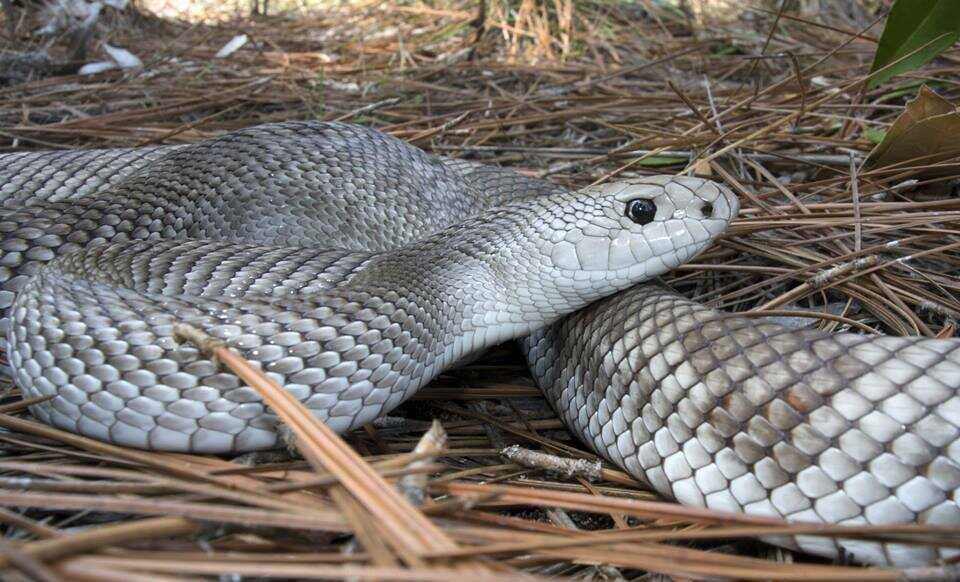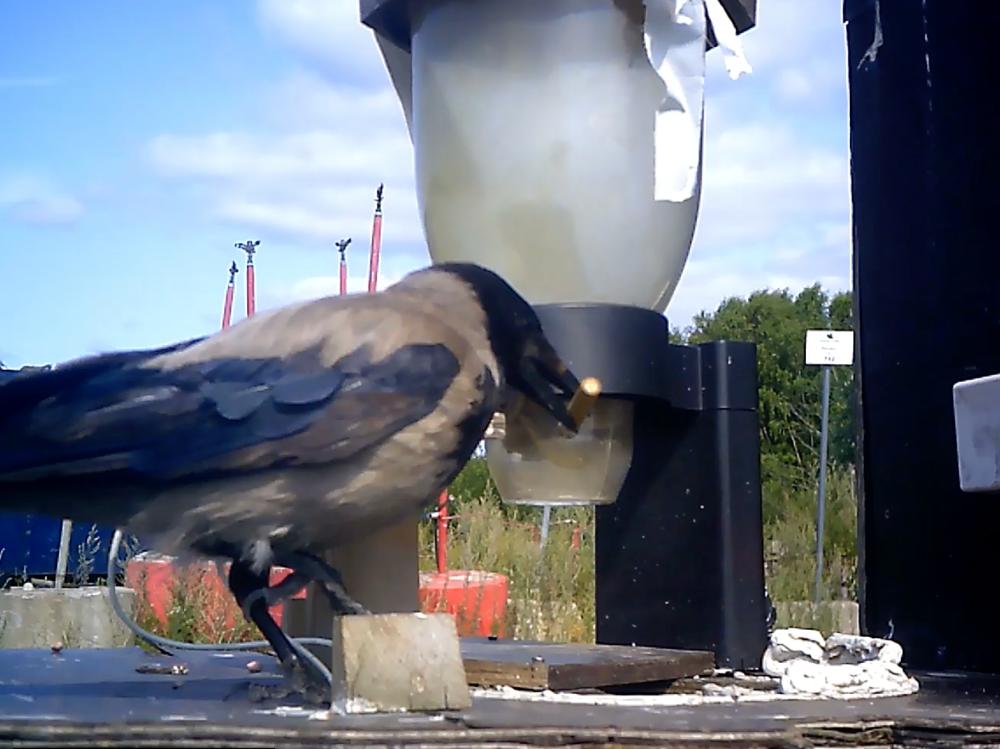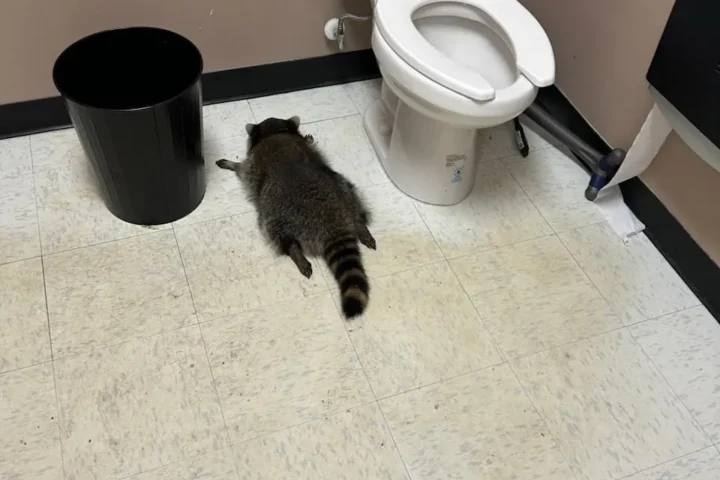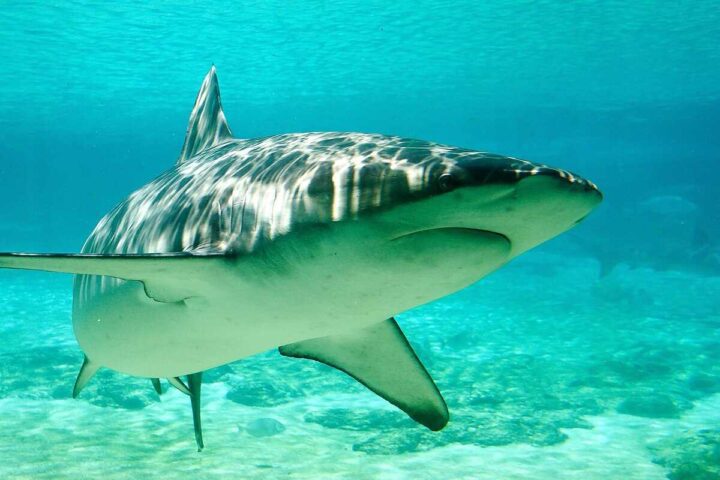A coalition led by the Center for Biological Diversity sued the U.S. Fish and Wildlife Service on August 7, 2025, challenging the agency’s decision not to protect the Florida pinesnake under the Endangered Species Act.
The lawsuit, filed in federal court in Washington, D.C., claims the Service acted “arbitrarily and capriciously” when it denied protection to the pinesnake in 2023. The Service had concluded that many Florida pinesnake populations have moderate to high resiliency despite threats to their habitat.
According to the Fish and Wildlife Service, the Florida pinesnake currently has 66 populations with moderate to high resiliency spread across 93 percent of its current range. But the Center argues this assessment is deeply flawed.
The lawsuit contends that the Service wrongly counted single-snake sightings as viable populations. “The probability that there is ‘at least one’ pine snake present in a given population is not a measure of resiliency at all — because a single pine snake does not have the ability to sustain a population by itself,” the Center explained in court documents.
Another key dispute involves how the Service evaluated snake populations cut off by roads. “By lumping together populations intersected by highway barriers, the Service likely overestimated pine snake population resiliency,” the Center stated. The group points out that these large, slow-moving snakes are “particularly wary of roads and tend not to cross,” meaning populations separated by highways should be counted separately.
The Florida pinesnake inhabits sandy, open-canopied longleaf pine forests in Florida, South Carolina, Georgia, and Alabama. These secretive snakes spend most of their time underground, using their spade-shaped head to dig or occupying burrows made by other species.
Similar Posts
Growing up to seven feet long, the Florida pinesnake is one of the largest snakes in the country, according to the Florida Fish and Wildlife Conservation Commission. Despite their impressive size, they’re harmless to humans as they’re not venomous.
Habitat loss poses the greatest threat to these snakes. Only 3% of longleaf pine uplands remain in relatively natural condition after logging, urbanization, and fire suppression have destroyed much of their habitat.
Other threats include car strikes, as high numbers of the slow-moving snakes are killed by motorists. People also kill them intentionally, often mistaking them for rattlesnakes because they hiss and have a similar appearance. Climate change, invasive species like fire ants, and fungal diseases further threaten their survival.
“These amazing snakes are hidden gems of the Southeast, but if they don’t get Endangered Species Act protections soon there’s a real chance they could go extinct,” said Jeremiah Scanlan, a legal fellow at the Center for Biological Diversity.
The lawsuit marks the latest chapter in a long conservation battle. The Center first petitioned for federal protections for the Florida pinesnake in 2012. The snake currently has state-level protections as a threatened species in some areas but lacks the stronger federal safeguards that would come with Endangered Species Act listing.
Protection for the Florida pinesnake would also benefit the entire longleaf pine ecosystem, which provides habitat for many other endangered and threatened species, including red-cockaded woodpeckers, gopher tortoises, and frosted flatwoods salamanders.
The Fish and Wildlife Service now faces legal pressure to revisit its decision based on what the Center calls “the best available science” — a standard required by the Endangered Species Act.



















